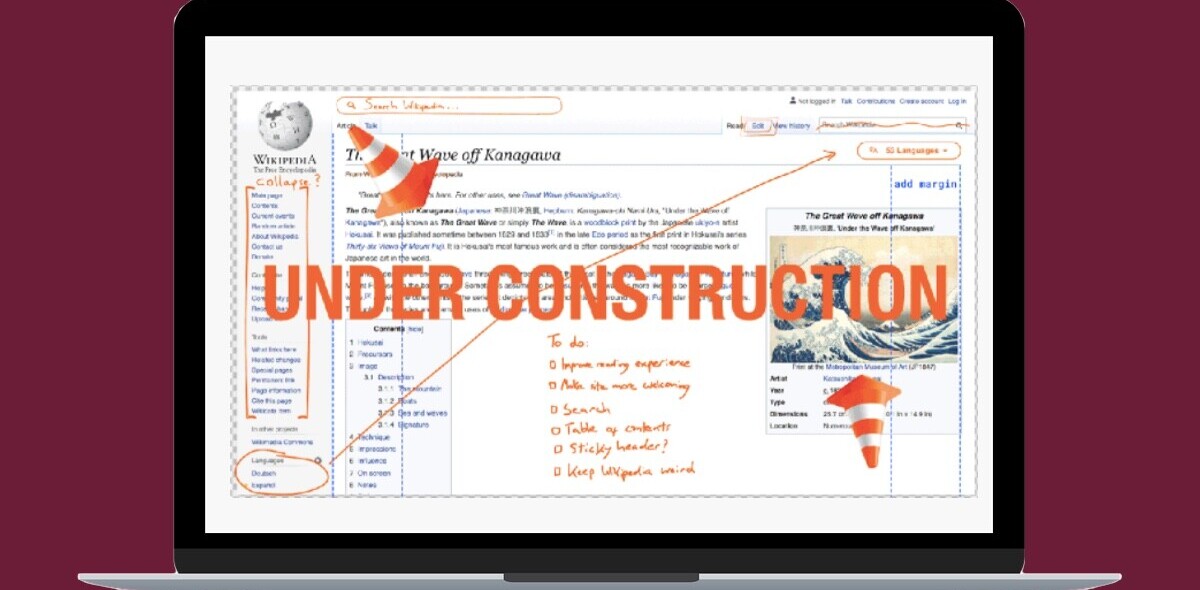
If you’ve ever tried to edit or contribute to an article on Wikipedia, you’ll have noticed that the massively popular encyclopedia doesn’t utilize a WYSIWYG (what you see is what you get) editor. Instead, you’re stuck with “wikitext” — a rather confusing markup code, which creates a barrier for potential contributors.
Wikimedia realizes this is an issue, and has been working for some time on its own visual editor. That in turn has led to complaints from users, as integrating a WYSIWYG editor simply doesn’t sound that complicated, and thus shouldn’t take too long, right?
In response, Wikimedia has shared an explanation of why it believes this is the “most challenging software project the Wikimedia Foundation has ever worked on.” But first, here’s an example of wikitext, from a James Bond entry. I’d rather write in HTML and CSS:
{{Use British English|date=December 2012}}{{Use dmy dates|date=December 2012}}{{see also|List of James Bond films|James Bond (film character)}}The James Bond [[film series]] is a British series of [[spy film]]s based on the fictional character of [[Secret Intelligence Service|MI6]] agent [[James Bond (film character)|James Bond]]…
Wikimedia acknoledges that quality, open source visual editors already exist, but dubs them inefficient for its needs because Wikipedia has to support 290 languages, some of which receive very little support online.

Lastly, Wikimedia says it needed to create a way for its service to read and save existing wiki pages in the old wikitext format, while working in parallel. The company explains:
We can’t throw away the huge amount of work our communities have done over the past 12 years, so we need to re-write the “translator.” This means making a two-way “parser” — a bit of software that converts wikitext into HTML and back again. Until now, we have only had a one-way “parser”; the second stage, converting back from what people want to write to wikitext, has had to be done by our editors in their heads.
Get the TNW newsletter
Get the most important tech news in your inbox each week.




